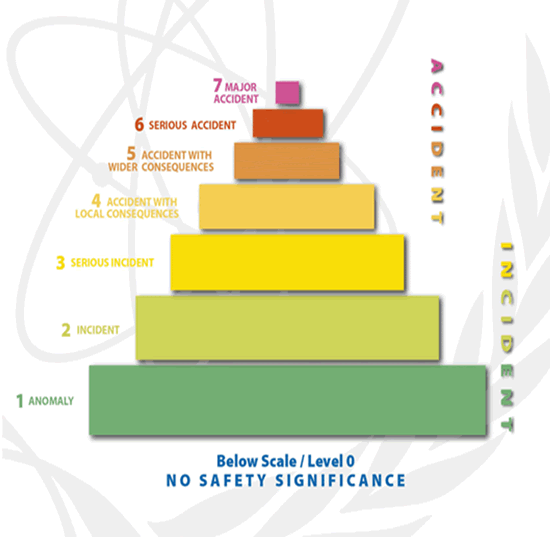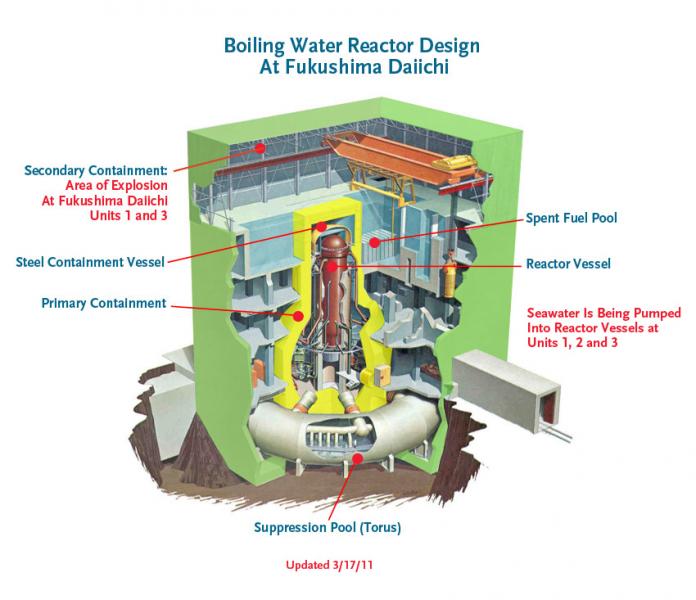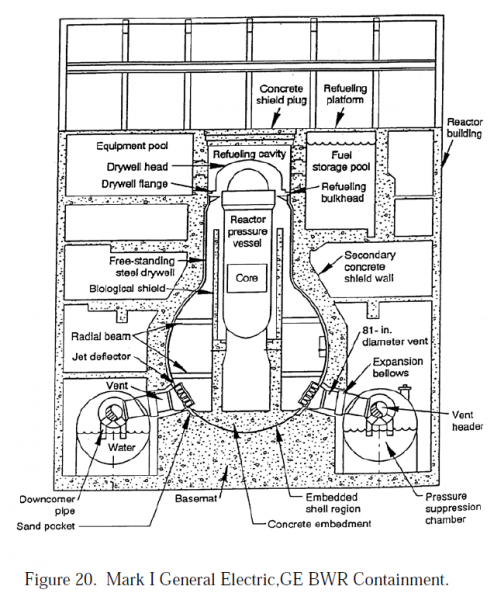People's lives are on the line, as there are efforts to rush aid to vulnerable members of society. Some aid is seriously delayed due to bogus stories about the radiation risks.
Public policy is expensive, especially when it comes to figuring out how to be better prepared against similar disasters. I am also seeing how Japanese imports are being blocked at foreign borders, thanks to misinformation about radiation.
News media should endeavor to report the truth, to help the helpers who seek to get relief aid to the vulnerable.
But instead, the news media is on a science fiction fantasy trip, describing their worst nightmares as pure speculation. People on the USA west coast are tooling up to protect against radiation coming across the Pacific from Japan, and I have seen lots of lovely maps speculating the path of this radiation, but it is all a fiction. The only radiation risk so far, is inside the evacuation zone, and trivial rainfall contamination, where Japan tracing where that happening.






Recent Comments